This is the journey of a bill that was torn on the floor of the parliament, attracting display of misogyny under the garb of intersectionality, to being passed unanimously despite facing heavy criticism. Its passage is not a garbled tale but lies in the convergence of women as a voting bloc.
In the tapestry of Indian Politics, the Women's Reservation Bill manifests as what can be likened to the ‘Finding Waldo effect’—a relentless pursuit marked by quests to locate the elusive bill, rendering its implementation perpetually a far-fetched afterthought. However, 2023 has turned the tides quite marvellously, as the Bill has been passed in the Parliament with a tidal majority. The Lok Sabha voted unanimously to pass this bill ( 454 for and 2 against in the Lok Sabha, and 215 MPs in Rajya Sabha voted in favour and no one voted against it).
This is the journey of a bill that was torn on the floor of the parliament, attracting display of misogyny under the garb of intersectionality, to being passed unanimously despite facing heavy criticism. Its passage is not a garbled tale but lies in the convergence of women as a voting bloc.
This raises a series of questions on the history of the bill, the factors that made this bill a reality, the movements and the people behind this bill. It lies in a tale of how our PM Modi garnered popularity amongst his women voters since his days as the Chief Minister. It also lies in discovering the most important question of what has led to a change in political partys’ stance.
Brief History of the Bill
The discourse around this bill is deeply rooted in its historicity, hence a brief analysis of what has happened in the past 27 years is imperative. It was in 1996, 1998, and 1999, when the journey to table and pass the Women's Reservation Bill witnessed a series of earnest attempts. However, each endeavour was thwarted—be it due to the untimely dissolution of the assembly or prevailing discord within party lines that occurred in these years, nonetheless, the enduring legacy of this bill is deeply entwined with those who, with clear focus and unwavering determination, advocated for its provisions as a key tool for advancing social progress and gender equality. This unwavering determination was herald by determined Women MPs who worked across party lines to actualise this ambition, such as Margaret Alva (INC), Pramila Dandavate (Janta Dal), Geeta Mukherjee (CPI), Meira Kumar (INC), Sushma Swaraj (BJP), Brinda Karat (CPI-(M).
Infact, Margaret Alva, a Union Minister in 1987 led a 14-member committee which was constituted to give recommendations to the PMO for improving the status of women. Among the 353 recommendations the committee made, one of the recommendations highlighted reservation of seats in electoral bodies. Nine years after these recommendations were made in 1996, the Bill was tabled for the first time by Pramila Dandavate, which opened a pandora of discourses by different MPs.
Documenting Opposition to the Bill: How parties and MPs stood over this bill
When the Bill was introduced in 1996 for the first time, the Left demanded for it to be passed immediately and the then Prime Minister agreed to do so on the same day. However, during the discussions in the Lok Sabha, drama unfurled in the parliament. Most parties showed unsurprisingly little interest in making sure that Bill gets accession.
The Samajwadi Party argued that the quota of reservation should be reduced from 33 percent to 20 percent or below. SP had also demanded sub-quota for OBC (demand shared by BJP’s Uma Bharti, who refused to support the bill) and Muslim women, which now all the parties in the INDIA bloc put forth in 2023. Mulayam Singh, then President of SP, went to the extent of suggesting that the Constitution should be amended to make “intra-party” reservation for women a mandatory clause and the election commission should revoke recognition of political parties if they did not meet this criteria. The Chief Whip of Janta Dal Ram Kripal Yadav also argued against the vote.
It was Sharad Yadav of RJD who screamed at the top of his lungs, “that he would not like to see ‘Parkati’ or ‘Balkati’ MPs in the Parliament”, and was supported by other members of his party who demanded women to go back home and make “rotis”. This resistance resonated amongst the members of the SP, JD and RJD.
Even congress MPs did not lend any support to Mamata Banerjee (then the MP from INC) who was finding it difficult to even be heard over the shouting and bickering in the parliament. As a result the bill was shelved for the first time in 1997 because of these three parties’ strong, patriarchal opposition to the bill.
The myriad view points do not stop there, an India Today report from 1996 sheds more light on the perspective of majority political parties and their MPs: “Why are all of you protesting when it is you who will end up losing your importance if your present strength of 36 goes up to 181?"
It was Najma Heptullah who pointed out the issue of deciding which 181 seats will get reserved, as it was proposed to “reserve” them by lottery which would disgruntle the sitting male MPs. This reason has now been quoted in 2023 to justify linking the women’s reservation bill to delimitation, which otherwise was never a prerequisite condition in any reservation. Seats for women at the panchayats and local bodies were reserved with a lottery. Reservation for Jats (2016), Marathas (2018) and economically weaker sections (2019) were done without a fresh “counting”.
Jaipal Reddy of Janta Dal and Sharad Pawar, former CM of Maharashtra, were the few men who supported this bill back in the day. In 1998, under the Vajpayee Government, the bill was tabled several times, the first time when AIADMK MP tabled it, the RJD leader Surendra Kumar Yadav, an opposition MP, tore the bill to bits. Even Nitish Kumar, who was a railway minister in Atal Government, also opposed the bill.
In 2010, Lalu Prasad Yadav, RJD, despite being a part of the Manmohan singh led UPA government, had said, "the bill will pass over my dead body”. However, today the same Congress that is demanding an OBC quota for women in the 2023 bill, had a different stance on the issue. After the passing of the bill in Rajya Sabha, Sonia Gandhi deferred the responsibility of giving more tickets to OBC women to political parties and said “who is stopping you from giving tickets to them?”. The bill was never tabled in the Lok Sabha and eventually lapsed.
Cut to today, In 2023, all parties except for AIMIM voted in favour of the bill. There is a 360 degree turn in the stance. For example, Samajwadi Party President, Akhilesh Yadav and SP leader Ram Gopal Yadav supported the bill saying, “Even though they (Centre) won’t listen (to our demands).. We will support it”. Even Mayawati and her party BSP supported the bill while pointing out the caveats of lack of reservation for OBC and muslim women. Rahul Gandhi has expressed his deep regret for not having OBC quota in UPA’s version of the 2010 bill.
Despite the same demand of horizontal reservation that remains unfulfilled all parties came together to vote in favour of the bill.
Why did the opposition not vote against the Bill despite their concerns regarding it?
Emerging unprecedented force: Women at the Ballot Box
In 2018, analyst Milan Vaishnav had asked a pertinent question, “Indian women are voting more than ever, will they change the Indian Society?”. Well to answer this objectively, women are more than 50 percent of the population, but would matter little if they did not turn up at the polling booths.
However since the late 1990s, women’s participation as voters has seen a notable upswing. More women started voting as the results of Reservation for PRIs and ULBs. This shift in thought process was so keen that during 1996, when the Women’s reservation bill was being debated in the parliament, women wrote letters in blood and had sent it to Geeta Mukherjee, demanding an urgent passage of the bill. Seeing the resounding defeat boiled the grassroots movement towards a “culture of voting” amongst women.
More recently, there has been a tectonic shift in voting amongst women heralded by a joint result of technological advancement, elections commission’s campaigns to promote women’s voting, feminist movements and civil society’s work in politicisation of women. This shift is glaringly evident in data: between 1962 and 2004 the difference between men-women voting had come down from 16.7% to 8.0%, nearly half, but it took more than 35 years. However recently, It has come down to 1.8% in 2014 in less than 10 years.
Simply because women did not vote as much as men, parties did not look at them for wooing, and hence they got a free-pass to voice misogynistic opinions even from the floor of the parliament. A brief timeline of this shift:
2018: Women were voting more than men in 2/3rd of Indian state’s elections
2019: In a watershed moment, for the first time in general elections women voters (67.17%) had outnumbered men (67%), and women voted more than men in favour of the BJP-led NDA.
In the year 2022, out of all the 7 states that went to polls (Uttar Pradesh, Uttarakhand, Manipur, Punjab and Goa, Gujarat and Himachal Pradesh), except Gujarat, saw a rise in the women’s voter turnout. At present, all regional or national parties are well tuned to the expectation of wooing women voters.
How women voters change politics:
Women voters change politics at 3 levels:
- As Voters: If they are getting registered as voters and engaging in political conversations, at some point they are likely to emerge as a solid constituency and begin to have political aspirations themselves.
- At the level of campaigns: In 2015, Bihar’s Chief Minister, Nitish Kumar, had a specific campaign promise towards his women voters. “Alcohol Ban”, although termed “dramatic and draconian” was deemed necessary as it would appeal to women voters. In 2010, men voter turnout was 51.1% while women voters at 54.4% outnumbered them. Consequently, Nitish Kumar adapted to the shifting dynamics, formulating a poll promise targeting women, leading to a rise in voting turnout to 60.4%, surpassing men's turnout at 53.3%. Fulfilling his promise post-elections paid off in the 2020 elections as well. Women have consistently outnumbered men in three consecutive Bihar elections, becoming the ‘X- Factor’ of Nitish Kumar's strategy.
- At the level of governance and policies: In the upcoming elections in Madhya Pradesh, incumbency may play a big role in the election outcomes. But depending on how women voters evaluate the 16 year track-record of Chauhan’s women-centric schemes, they may convert incumbency into a legacy of trust and re-elect the government. MP elections are hinged over women’s votes. It is well evidenced that women’s vote leads to altered governance and budget priorities as it did in MP with Laadli laxmi to Laadli behena, and the CM has kept the Women & Child Development ministry with himself.
The rise of the women voter is now shifting to a demand to see more “women leaders”.
Women do not want to be passive participants of democracy who participate only once in 5 years as voters. They aspire to be the one being voted for, evident in the higher numbers of participants in the panchayat and urban local body level elections.
The number of women contesting polls across the country has been increasing significantly, but most of them contest independently. This bill has given an opportunity to all political parties to build a serious cadre of women candidates, and is a signal to women to prepare to occupy Indian parliament and legislatures.
(Disclaimer: The views expressed above are the author's own and do not reflect those of DNA.)
![submenu-img]() Swara Bhasker reacts to Kangana Ranaut slap incident, says actress-politician used Twitter to 'justify violence'
Swara Bhasker reacts to Kangana Ranaut slap incident, says actress-politician used Twitter to 'justify violence'![submenu-img]() Wayanad or Raebareli? Congress Leader Rahul Gandhi likely to decide on Monday
Wayanad or Raebareli? Congress Leader Rahul Gandhi likely to decide on Monday![submenu-img]() PM Modi to flag off 2 new Vande Bharat trains on this date, check route, timetable, and other details
PM Modi to flag off 2 new Vande Bharat trains on this date, check route, timetable, and other details![submenu-img]() Manipur: Major fire breaks out in abandoned building near CM Biren Singh's residence
Manipur: Major fire breaks out in abandoned building near CM Biren Singh's residence![submenu-img]() Fixed deposits: Which bank is offering highest FD interest rates post RBI's new guidelines?
Fixed deposits: Which bank is offering highest FD interest rates post RBI's new guidelines?![submenu-img]() Meet MIT graduate who secured 42nd rank in UPSC, is now suspended due to..
Meet MIT graduate who secured 42nd rank in UPSC, is now suspended due to..![submenu-img]() Railway Recruitment 2024: Sarkari Naukri alert for 1104 posts, check eligibility and selection process
Railway Recruitment 2024: Sarkari Naukri alert for 1104 posts, check eligibility and selection process![submenu-img]() NEET-UG exam row: 'Transparent process will be...,' assures Education Minister Dharmendra Pradhan to students, parents
NEET-UG exam row: 'Transparent process will be...,' assures Education Minister Dharmendra Pradhan to students, parents![submenu-img]() Meet man, a tailor's son from Latur, who cracked four competitive exams, aims to become...
Meet man, a tailor's son from Latur, who cracked four competitive exams, aims to become...![submenu-img]() Meet woman who was once a sweeper, single mother, cleared civil services exam to become SDM, now arrested due to...
Meet woman who was once a sweeper, single mother, cleared civil services exam to become SDM, now arrested due to...![submenu-img]() DNA Verified: Did Kangana Ranaut party with gangster Abu Salem? Actress reveals who's with her in viral photo
DNA Verified: Did Kangana Ranaut party with gangster Abu Salem? Actress reveals who's with her in viral photo![submenu-img]() DNA Verified: New Delhi Railway Station to be closed for 4 years? Know the truth here
DNA Verified: New Delhi Railway Station to be closed for 4 years? Know the truth here![submenu-img]() DNA Verified: Did RSS chief Mohan Bhagwat praise Congress during Lok Sabha Elections 2024? Know the truth here
DNA Verified: Did RSS chief Mohan Bhagwat praise Congress during Lok Sabha Elections 2024? Know the truth here![submenu-img]() DNA Verified: Is CAA an anti-Muslim law? Centre terms news report as 'misleading'
DNA Verified: Is CAA an anti-Muslim law? Centre terms news report as 'misleading'![submenu-img]() DNA Verified: Lok Sabha Elections 2024 to be held on April 19? Know truth behind viral message
DNA Verified: Lok Sabha Elections 2024 to be held on April 19? Know truth behind viral message![submenu-img]() In pics: Raghubir Yadav, Chandan Roy celebrate success of Panchayat season 3 with TVF founder Arunabh Kumar, cast, crew
In pics: Raghubir Yadav, Chandan Roy celebrate success of Panchayat season 3 with TVF founder Arunabh Kumar, cast, crew![submenu-img]() How Kalki 2898 AD makers dared to dream pan-India with its unique promotional campaign for Prabhas-starrer
How Kalki 2898 AD makers dared to dream pan-India with its unique promotional campaign for Prabhas-starrer![submenu-img]() In pics: Prabhas' robotic car Bujji from Kalki 2898 AD takes over Mumbai streets, fans call it 'India's Batmobile'
In pics: Prabhas' robotic car Bujji from Kalki 2898 AD takes over Mumbai streets, fans call it 'India's Batmobile'![submenu-img]() Streaming This Week: Bade Miyan Chote Miyan, Maidaan, Gullak season 4, latest OTT releases to binge-watch
Streaming This Week: Bade Miyan Chote Miyan, Maidaan, Gullak season 4, latest OTT releases to binge-watch![submenu-img]() Lok Sabha Elections 2024 Result: From Smriti Irani to Mehbooba Mufti, these politicians are trailing in their seats
Lok Sabha Elections 2024 Result: From Smriti Irani to Mehbooba Mufti, these politicians are trailing in their seats![submenu-img]() DNA Explainer: What is Kafala system that is prevalent in gulf countries? Why is it considered extremely brutal?
DNA Explainer: What is Kafala system that is prevalent in gulf countries? Why is it considered extremely brutal? ![submenu-img]() Lok Sabha Elections 2024: What are exit polls? When and how are they conducted?
Lok Sabha Elections 2024: What are exit polls? When and how are they conducted?![submenu-img]() DNA Explainer: Why was Iranian president Ebrahim Raisi seen as possible successor to Ayatollah Khamenei?
DNA Explainer: Why was Iranian president Ebrahim Raisi seen as possible successor to Ayatollah Khamenei?![submenu-img]() DNA Explainer: Why did deceased Iranian President Ebrahim Raisi wear black turban?
DNA Explainer: Why did deceased Iranian President Ebrahim Raisi wear black turban?![submenu-img]() Iran President Ebrahim Raisi's death: Will it impact gold, oil prices and stock markets?
Iran President Ebrahim Raisi's death: Will it impact gold, oil prices and stock markets?![submenu-img]() Swara Bhasker reacts to Kangana Ranaut slap incident, says actress-politician used Twitter to 'justify violence'
Swara Bhasker reacts to Kangana Ranaut slap incident, says actress-politician used Twitter to 'justify violence'![submenu-img]() Shah Rukh Khan took only Re 1 signing amount for this cult film, gave bulk dates to director, later rejected it for..
Shah Rukh Khan took only Re 1 signing amount for this cult film, gave bulk dates to director, later rejected it for..![submenu-img]() Made in Rs 9 crore, this film became blockbuster, was rejected by six actresses, won three National Awards, earned...
Made in Rs 9 crore, this film became blockbuster, was rejected by six actresses, won three National Awards, earned...![submenu-img]() 'Audience ko drama..': Shiv Shakti star Ram Yashvardhan on creative liberties taken in mythological series, films
'Audience ko drama..': Shiv Shakti star Ram Yashvardhan on creative liberties taken in mythological series, films![submenu-img]() Not Parveen Babi, Zeenat, Sharmila, Neetu, only Bollywood actress to attend Amitabh Bachchan-Jaya's wedding was...
Not Parveen Babi, Zeenat, Sharmila, Neetu, only Bollywood actress to attend Amitabh Bachchan-Jaya's wedding was...![submenu-img]() Stolen Titian Renaissance painting found at London bus stop, set to sell for up to..
Stolen Titian Renaissance painting found at London bus stop, set to sell for up to..![submenu-img]() Student fails Physics, Chemistry in class 12th, tops NEET 2024 exam; candidate’s scorecard goes viral
Student fails Physics, Chemistry in class 12th, tops NEET 2024 exam; candidate’s scorecard goes viral![submenu-img]() Watch viral video: Italy's PM Giorgia Meloni posts video with PM Modi with 'Melodi' reference
Watch viral video: Italy's PM Giorgia Meloni posts video with PM Modi with 'Melodi' reference![submenu-img]() Girl shocks internet by eating snake like snack in viral video, watch
Girl shocks internet by eating snake like snack in viral video, watch![submenu-img]() Brave or foolhardy? Woman bathes jaguar with pipe, video goes viral
Brave or foolhardy? Woman bathes jaguar with pipe, video goes viral

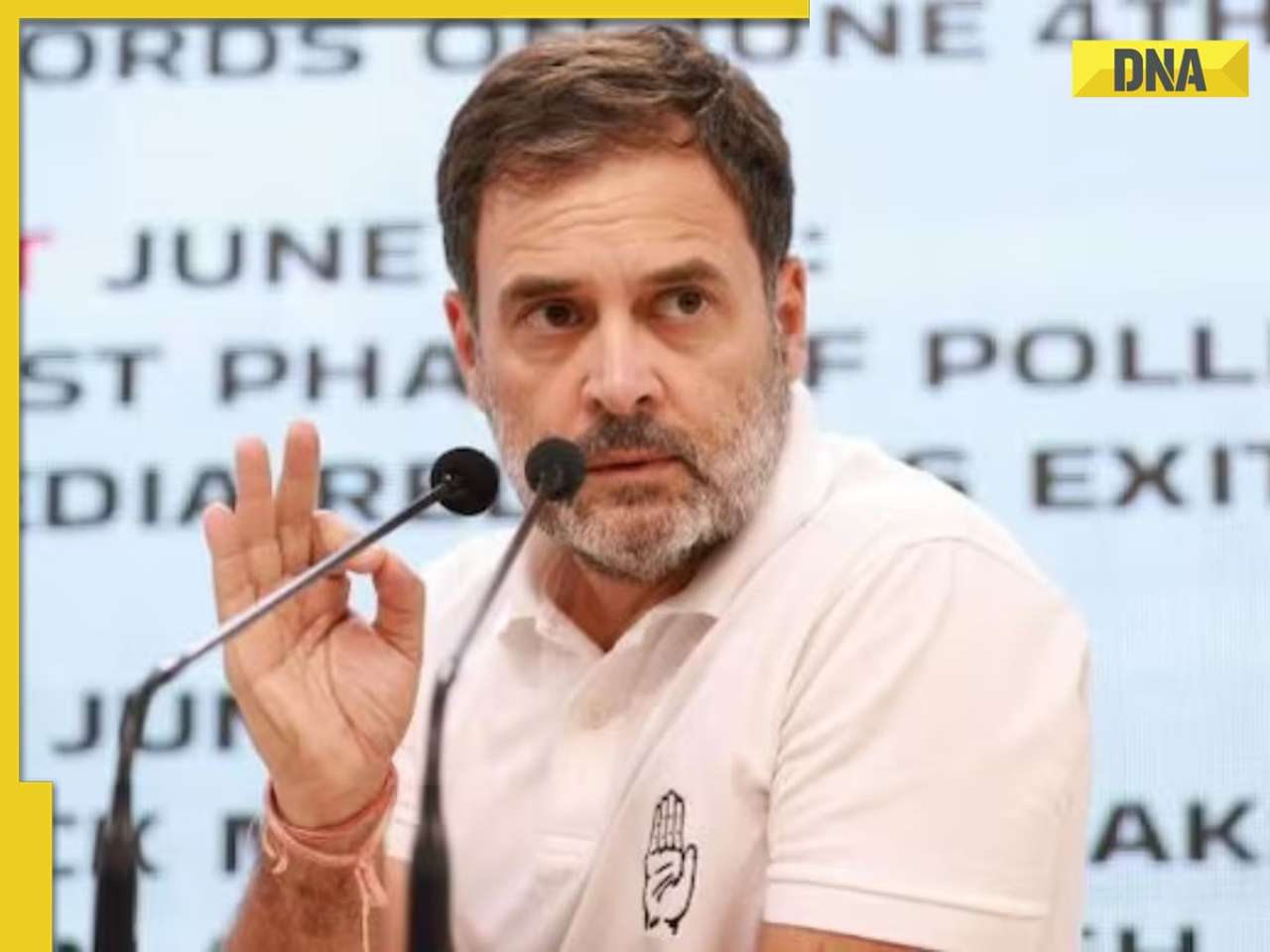










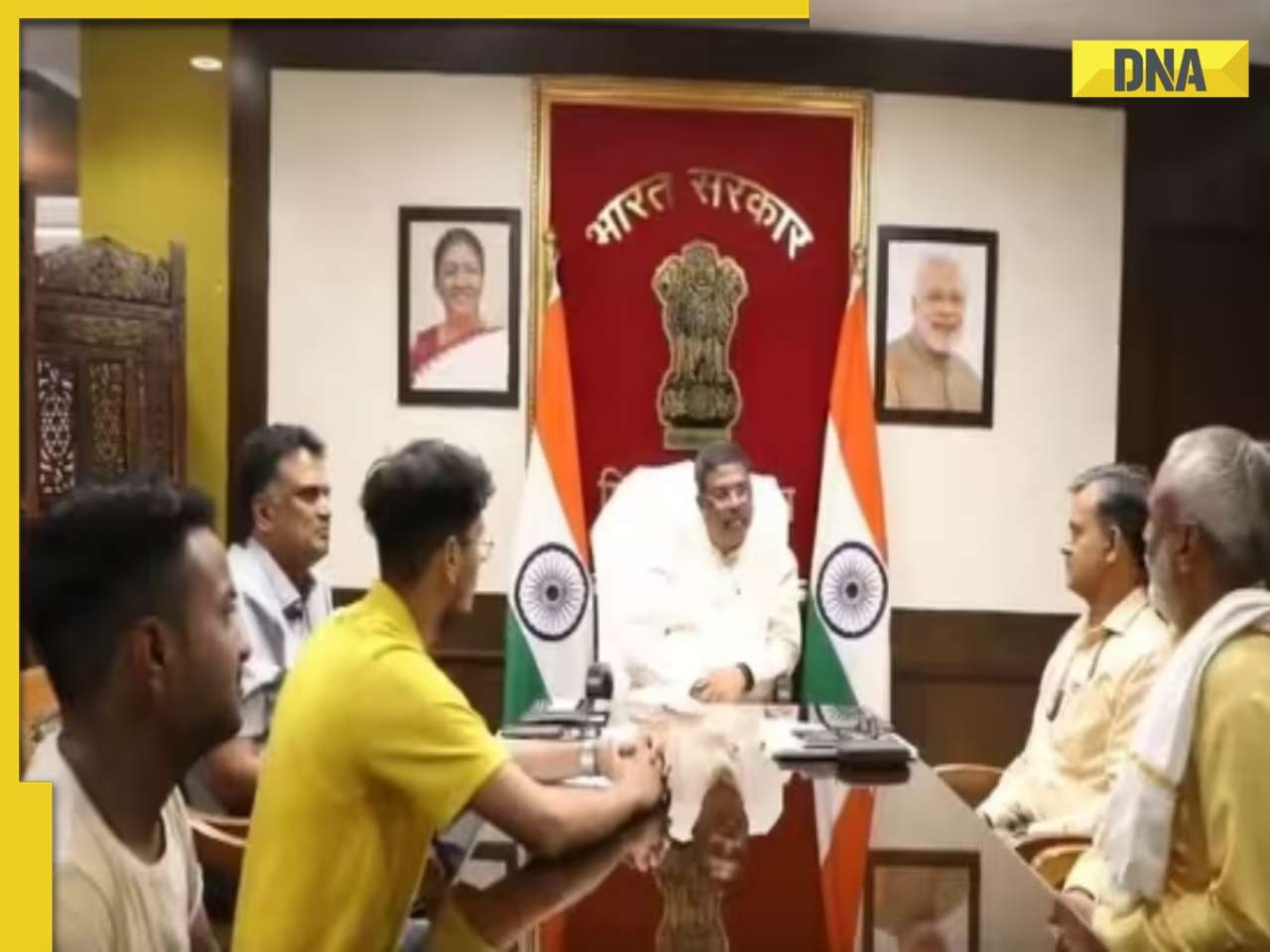
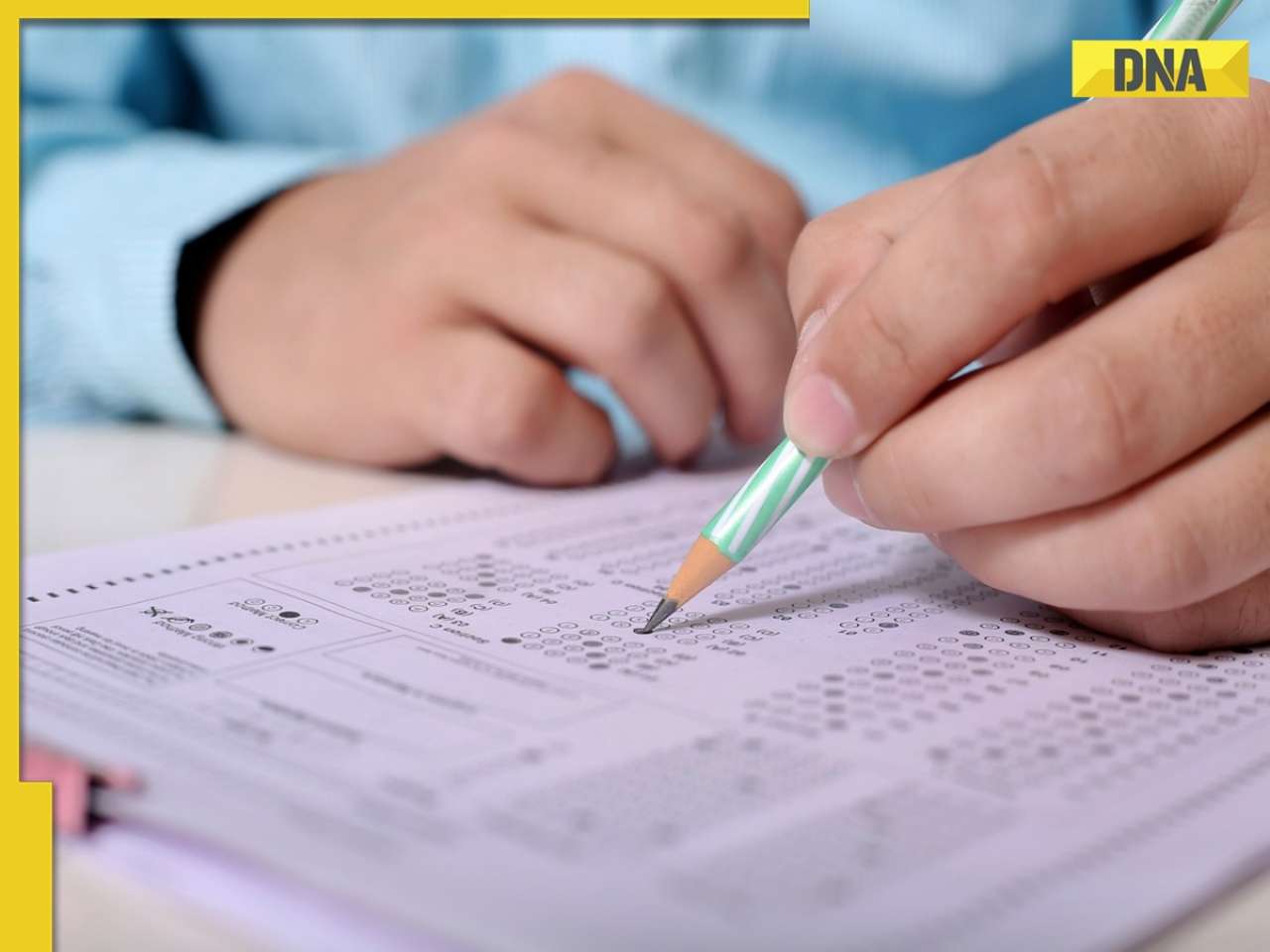










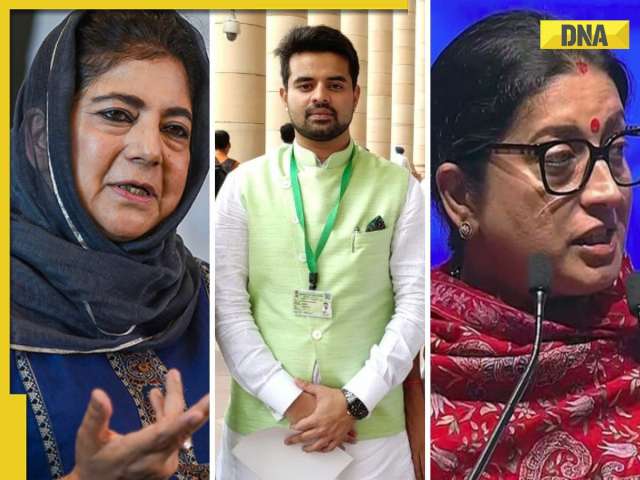
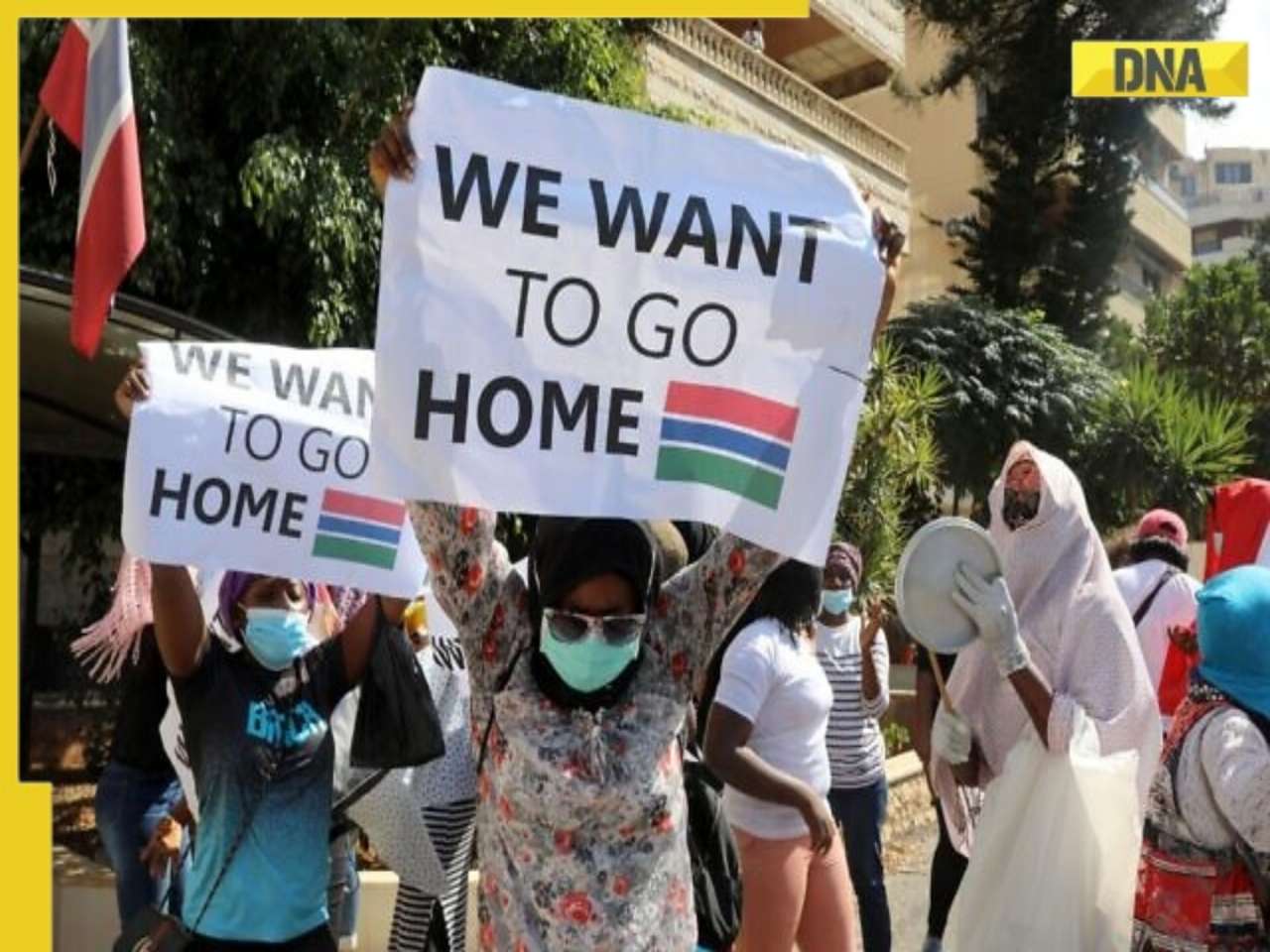
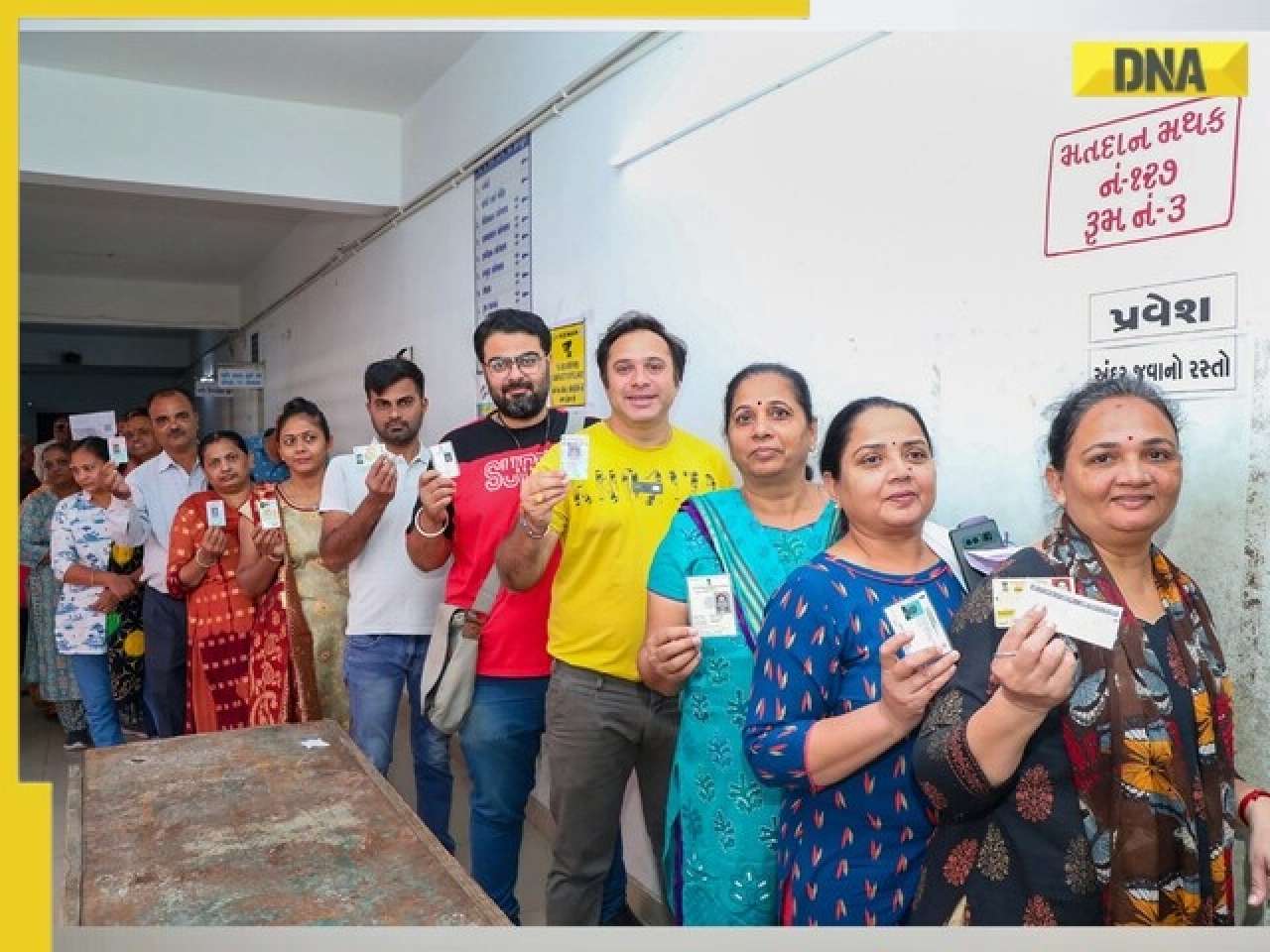



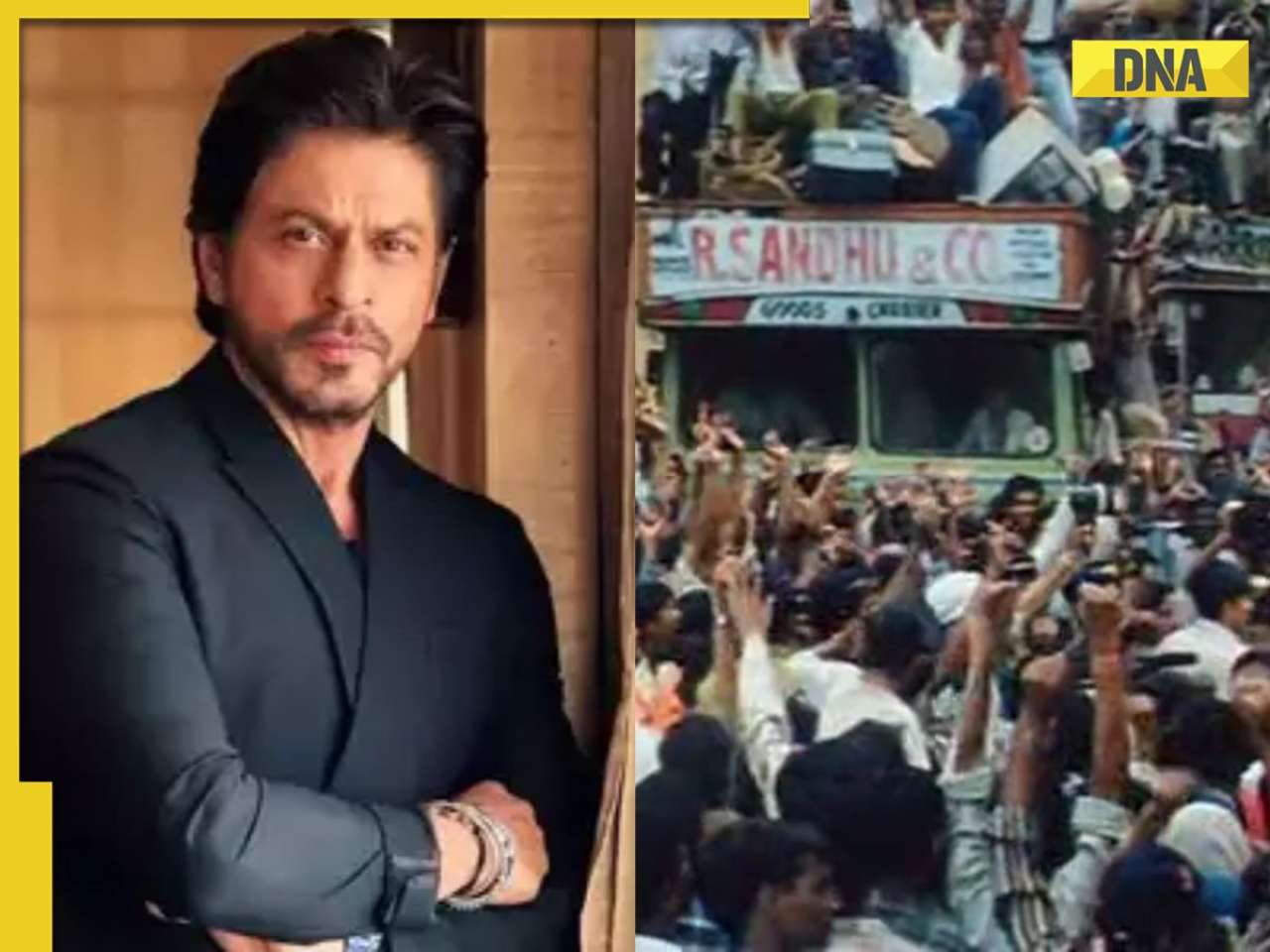


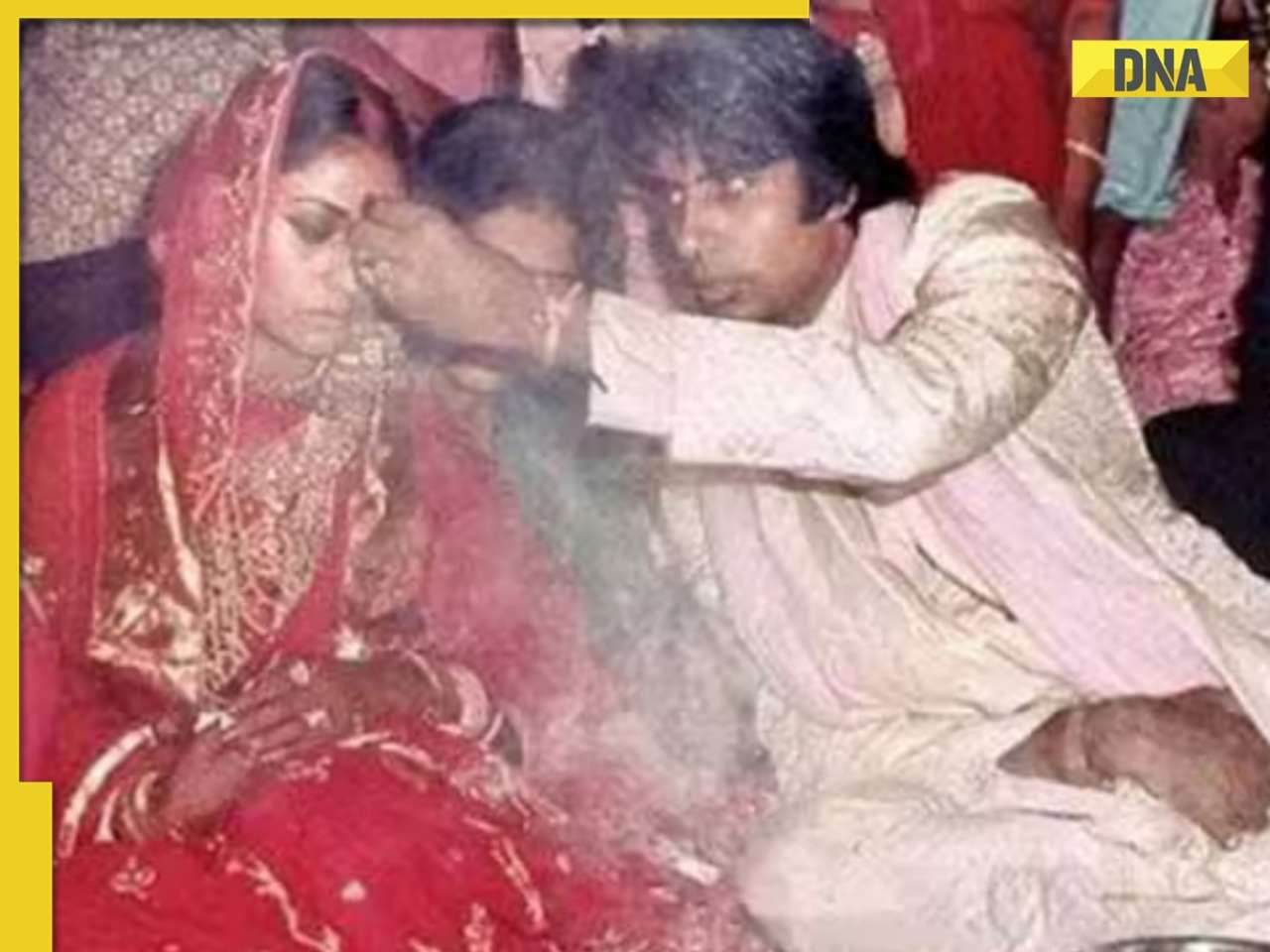
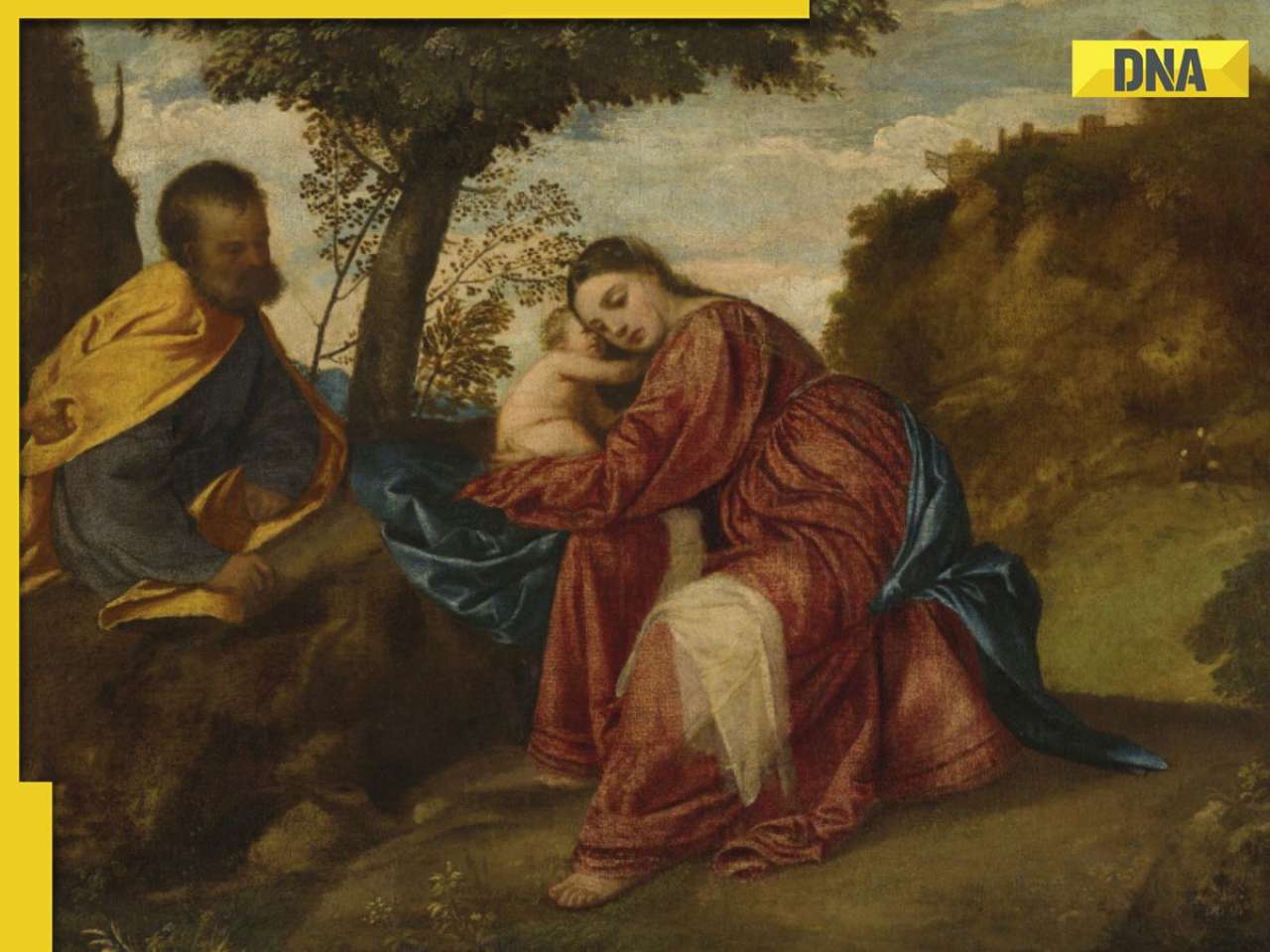





)


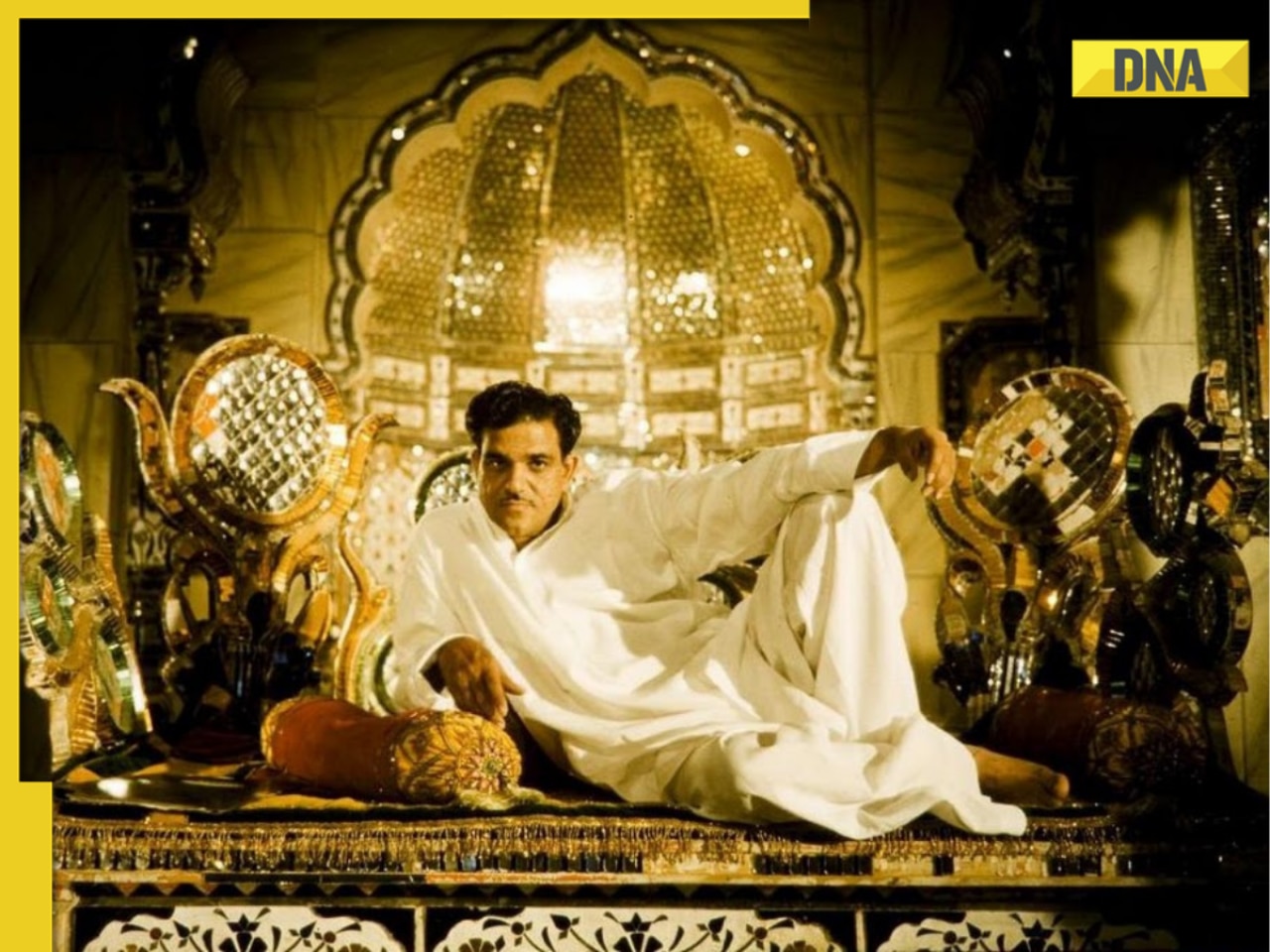

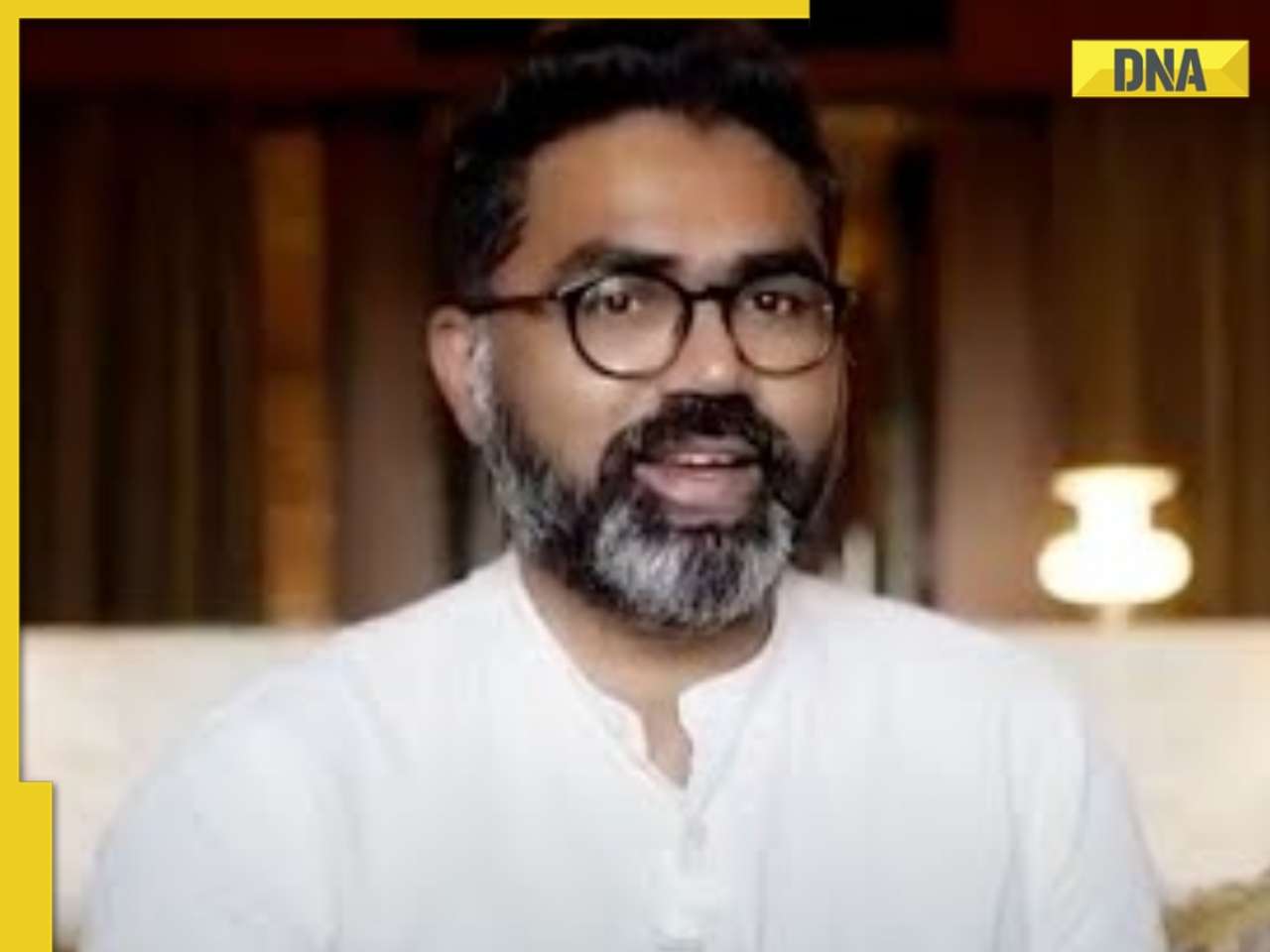






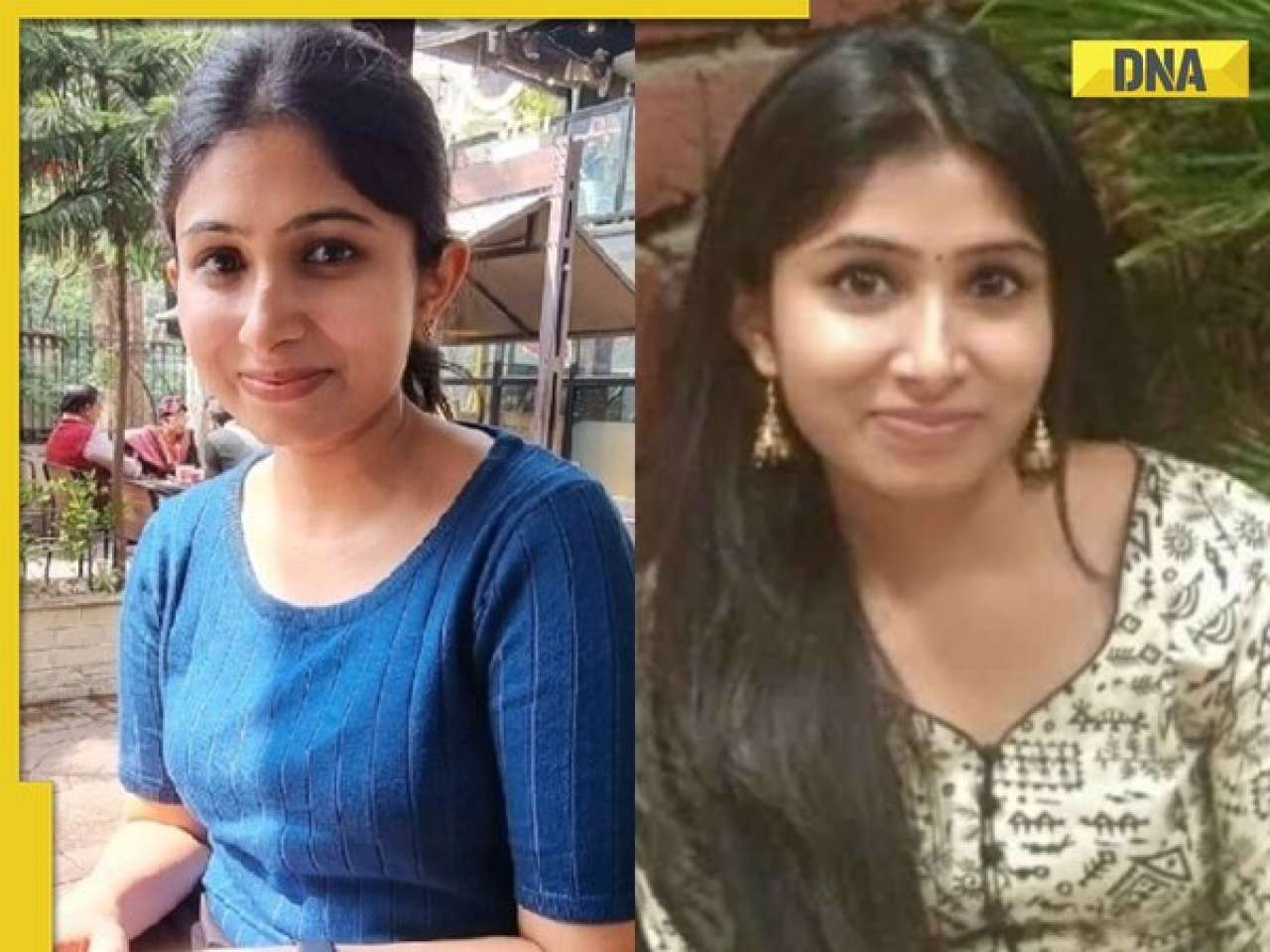
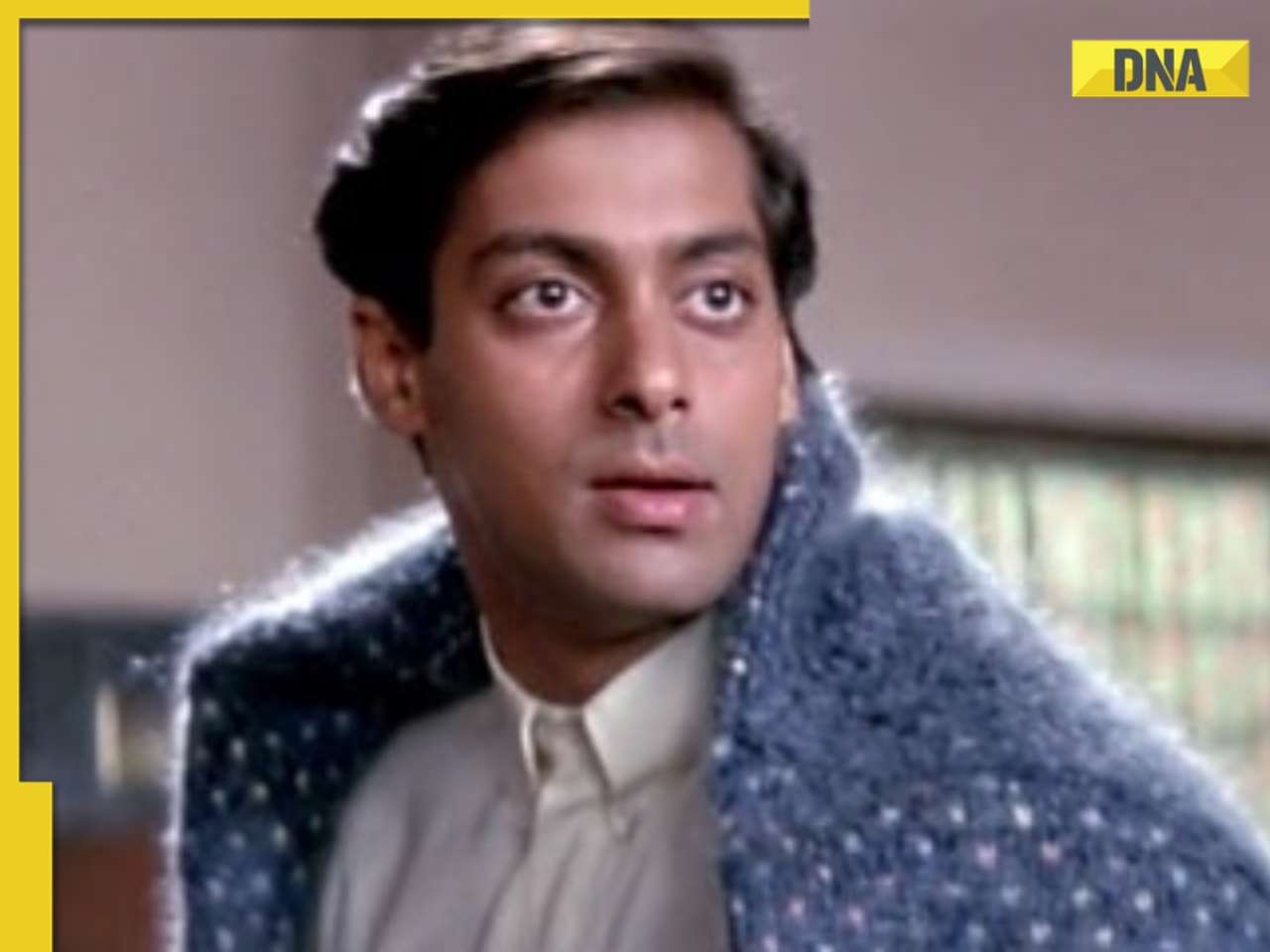





)
)
)
)
)
)